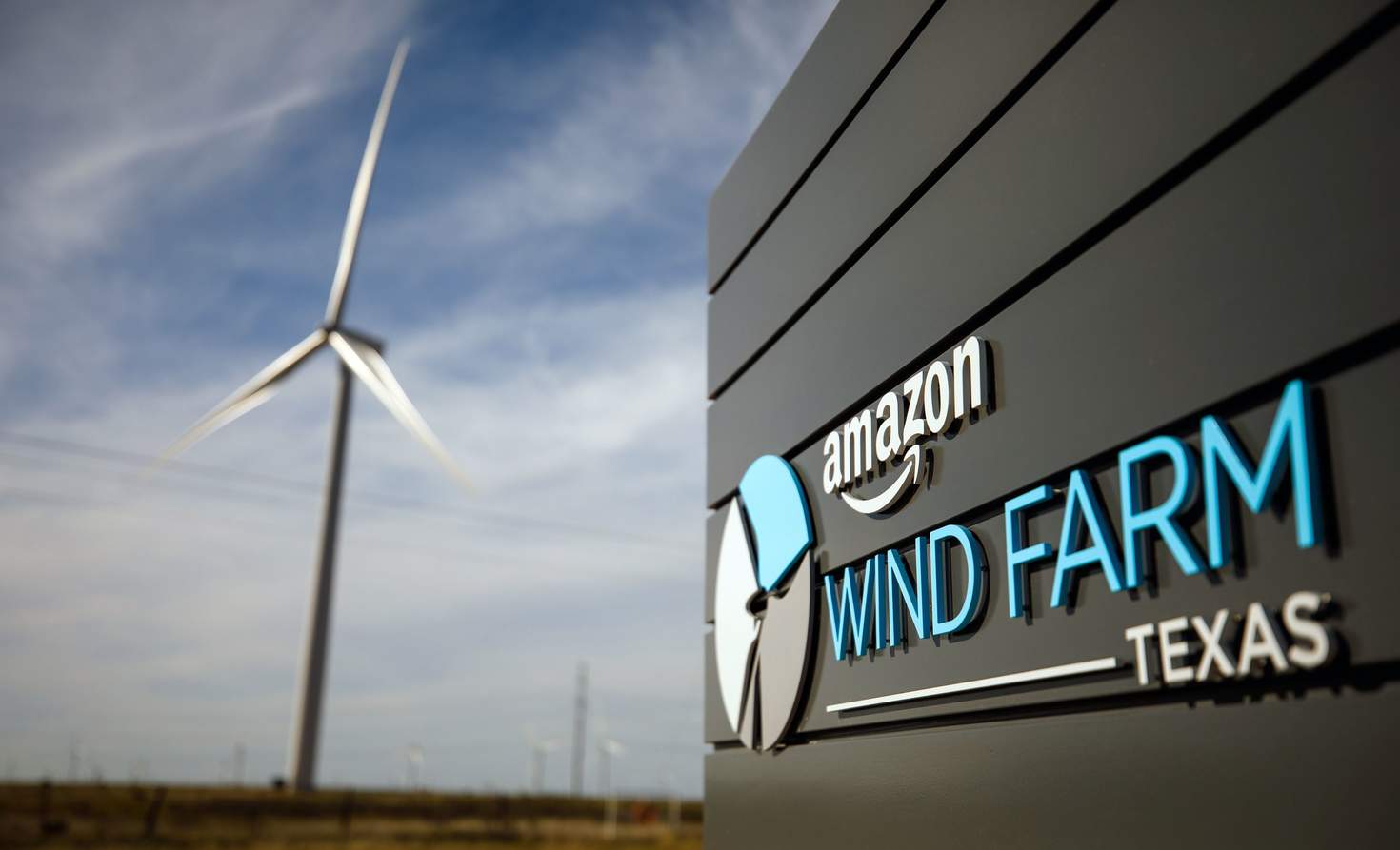Is the world’s largest provider of cloud computing services falling down on its 2014 pledge to one day power all of its data centers entirely with renewable energy?
That’s the question posed recently by an investigative report in The Information (subscription required, but you can snag a free trial), citing as one piece of evidence a November 2016 wind deal in Ohio that since has fallen through. The article’s broader thesis: a senior executive who stepped into his role around that time is balking at the costs of scaling investments in wind and solar projects as Amazon’s cloud expands, and its electricity needs likewise rise. New exec, new policy.
A sentiment of that nature definitely would make it tougher for the tech giant’s sustainability team to present new power purchase agreements for consideration by higher-ups. But that manager might want to consider an attitude adjustment.
That’s because a group of Amazon employees — who also happen to be stockholders — in recent weeks got together to file multiple shareholder proposals urging the company to file a more detailed plan for addressing climate change and reduce its dependence on fossil fuels. The measures will be considered at the company’s annual meeting next spring.
“We realized we could use our position as employees and our power and our rights as shareholders to bring visibility of this issue to the board and the top leaders of this company,” one petitioner, Eliza Pan, told The New York Times.
Do these resolutions have a prayer of passing? Probably not, but it doesn’t really matter. Here’s the thing. Compared with other big tech giants, such as Apple, Google and Microsoft, Amazon doesn’t talk all that regularly about its clean energy strategy. But given the deepening urgency around the need to address climate change more quickly, that really should change.
Here’s what we do know. In January 2018, the company said it had reached the halfway point — and it has nine active projects listed on the Amazon Web Services sustainability page that are expected to deliver more than 2 million megawatt-hours of electricity, including the wind farm where CEO Jeff Bezos did some champagne bottle smashing in October 2017.
But in a year filled with a record 5 gigawatts of corporate power purchase agreements (PPAs) for solar and wind, Amazon is a very noticeable no-show. Considering the massive growth rate for its cloud business — $18.2 billion in revenue for the nine months ended Sept. 30 versus $12.3 billion — that does not bode well. Technically, Amazon’s goal was never timebound; it never offered a date for when it would be all-in on renewables. But maybe it’s time to rethink that alongside its capital investments in new data centers.
Given how much cloud rivals Microsoft and Google have focused on this issue, renewable energy sourcing strategies very well could become a checklist item for businesses looking for cloud service providers that can provide assurances that their data centers aren’t powered by aging coal plants.
On the bright side, someone at Amazon Web Services does see a role in using its power for good.
The division just launched a project called Amazon Sustainability Data Initiative meant to help organize the “vast amounts of data that describe our planet.” The idea is to get organizations and scientists and individuals to share metrics, forecasts, images and other information about oceans, air quality and species. The Famine Action Mechanism, developed by the United Nations, World Bank and International Committee of the Red Cross, is already using this repository to monitor factors that could be causes of food insecurity so that regions of concern can be identified proactively.
Somehow, I think many scientists, startups and humanitarian groups that plan to use this admirable resource will care about the source of the power behind the data.
This article is drawn from the GreenBiz Energy Weekly newsletter, running Thursdays. Subscribe here.



